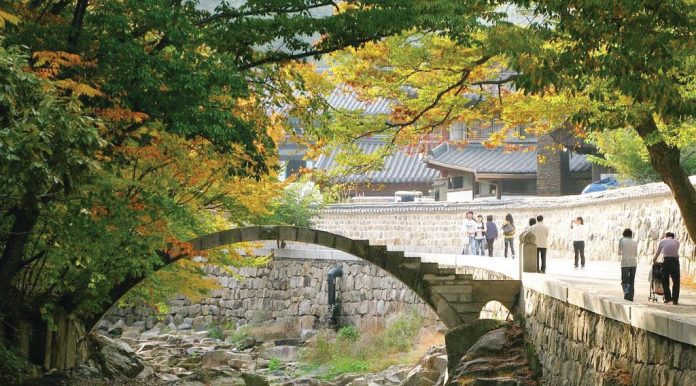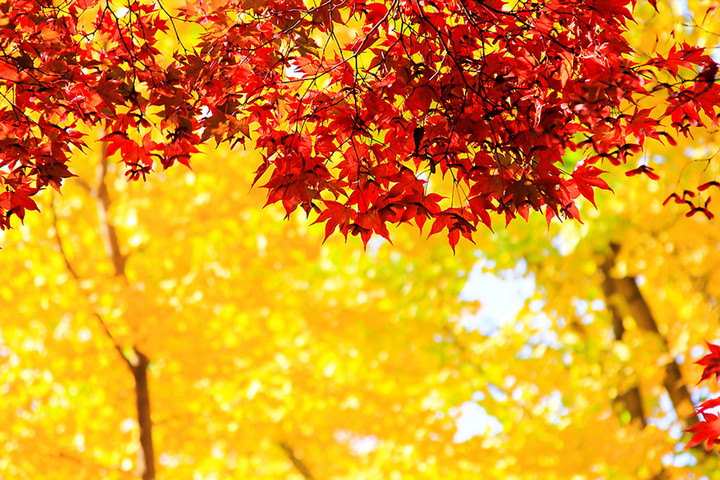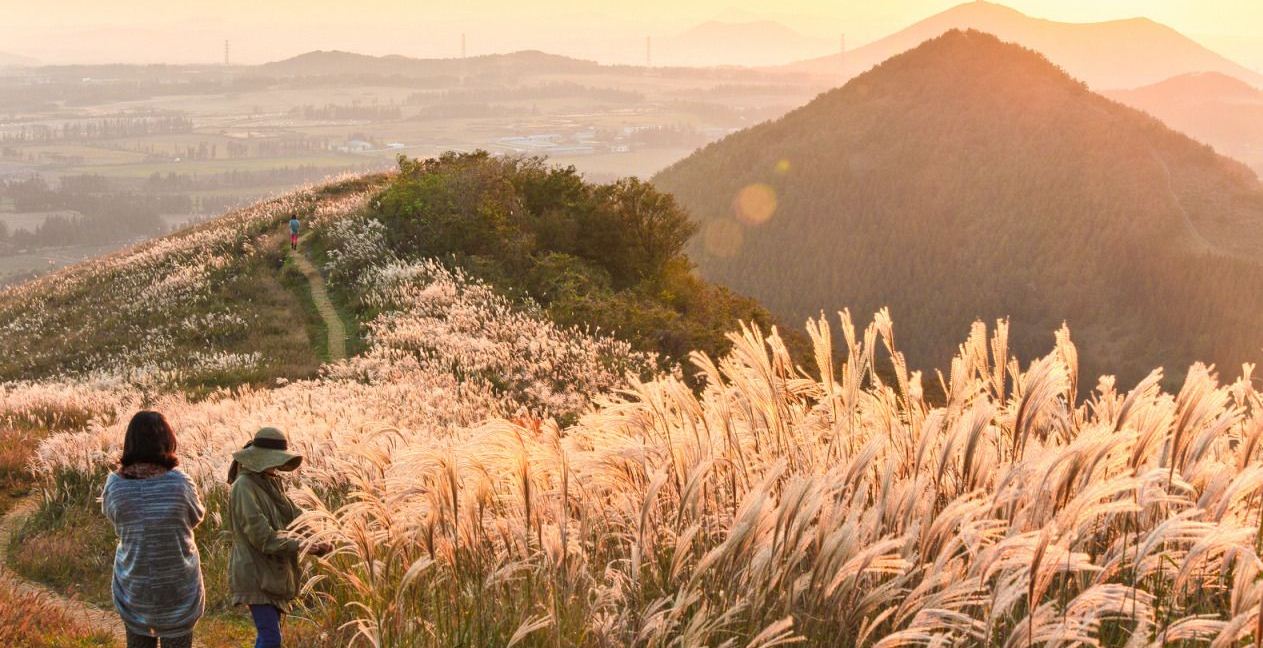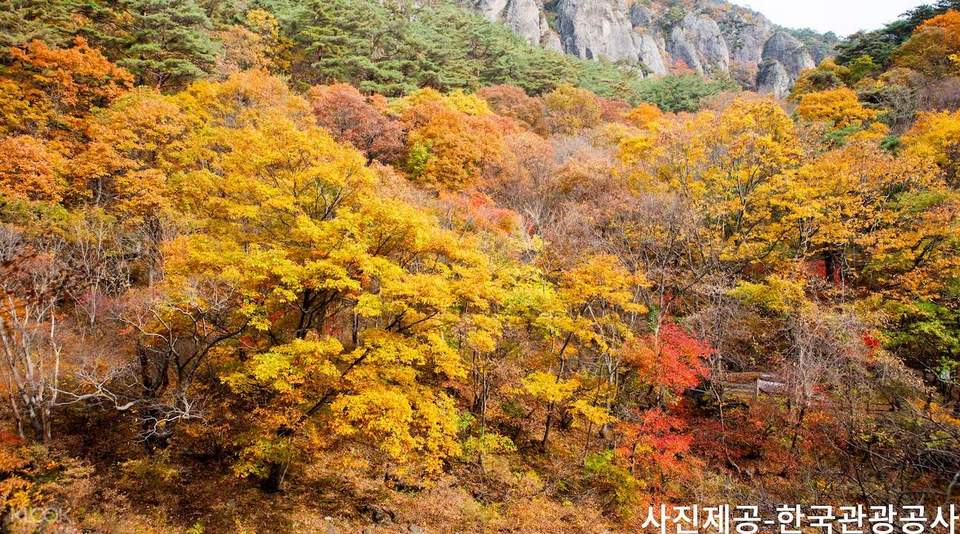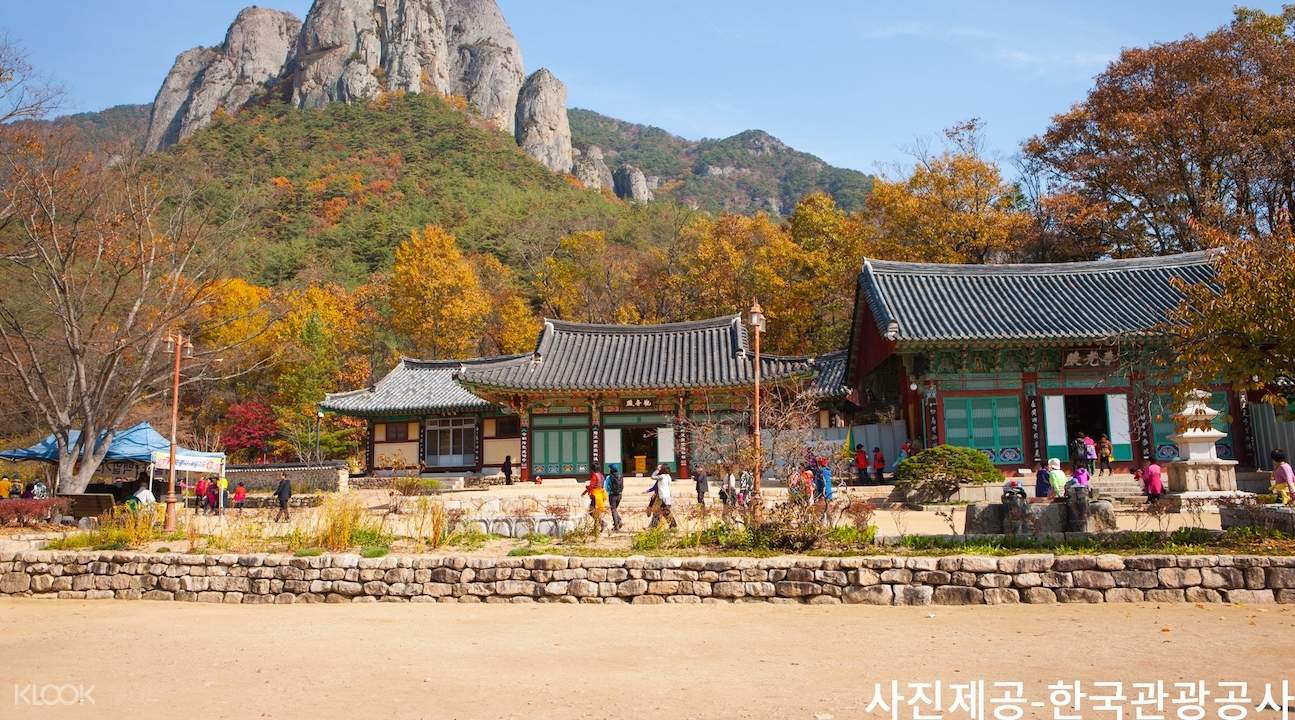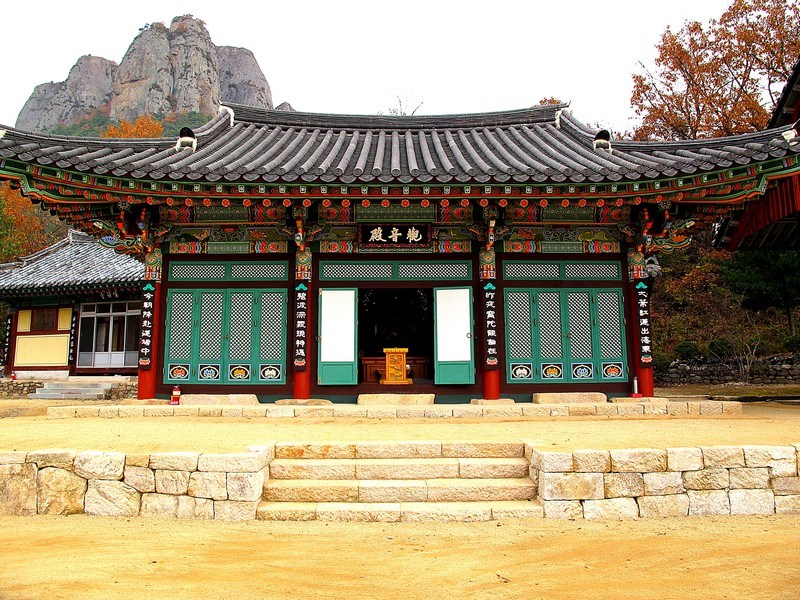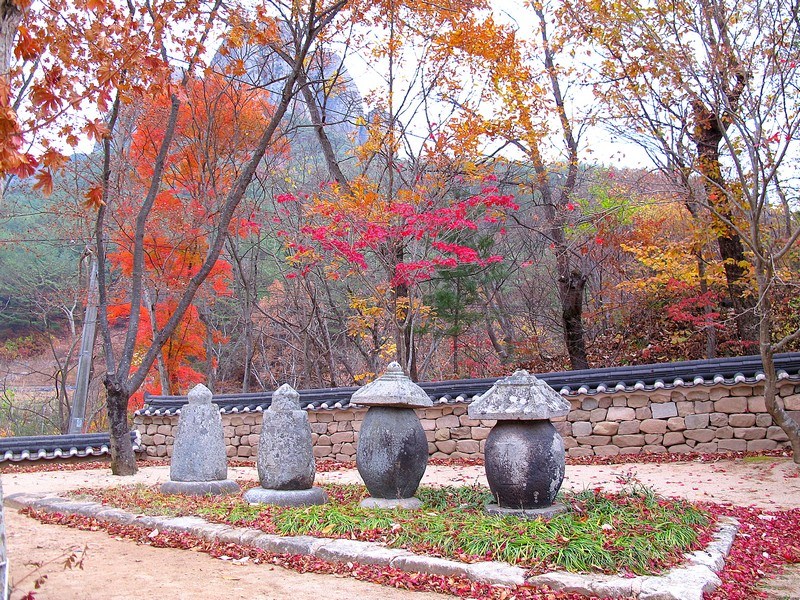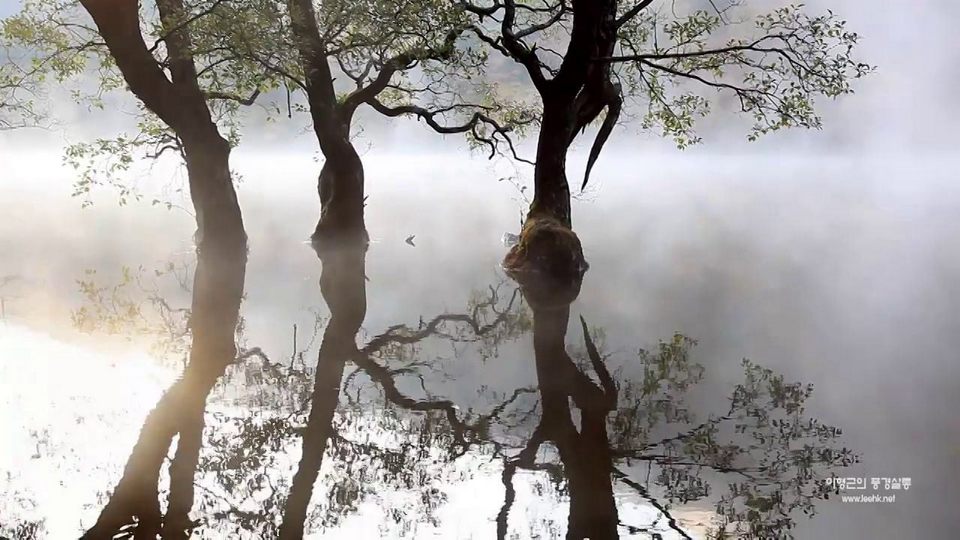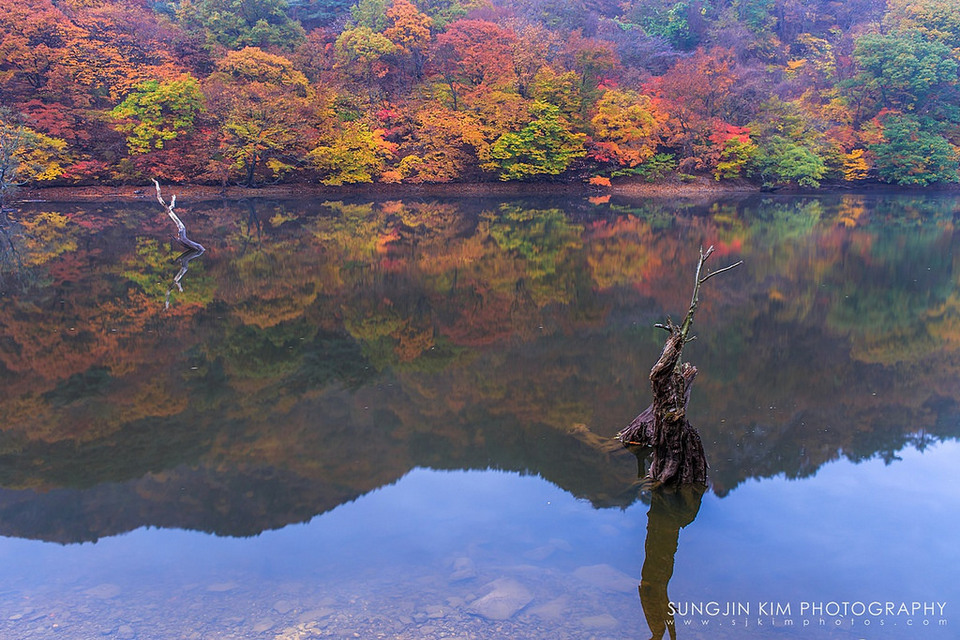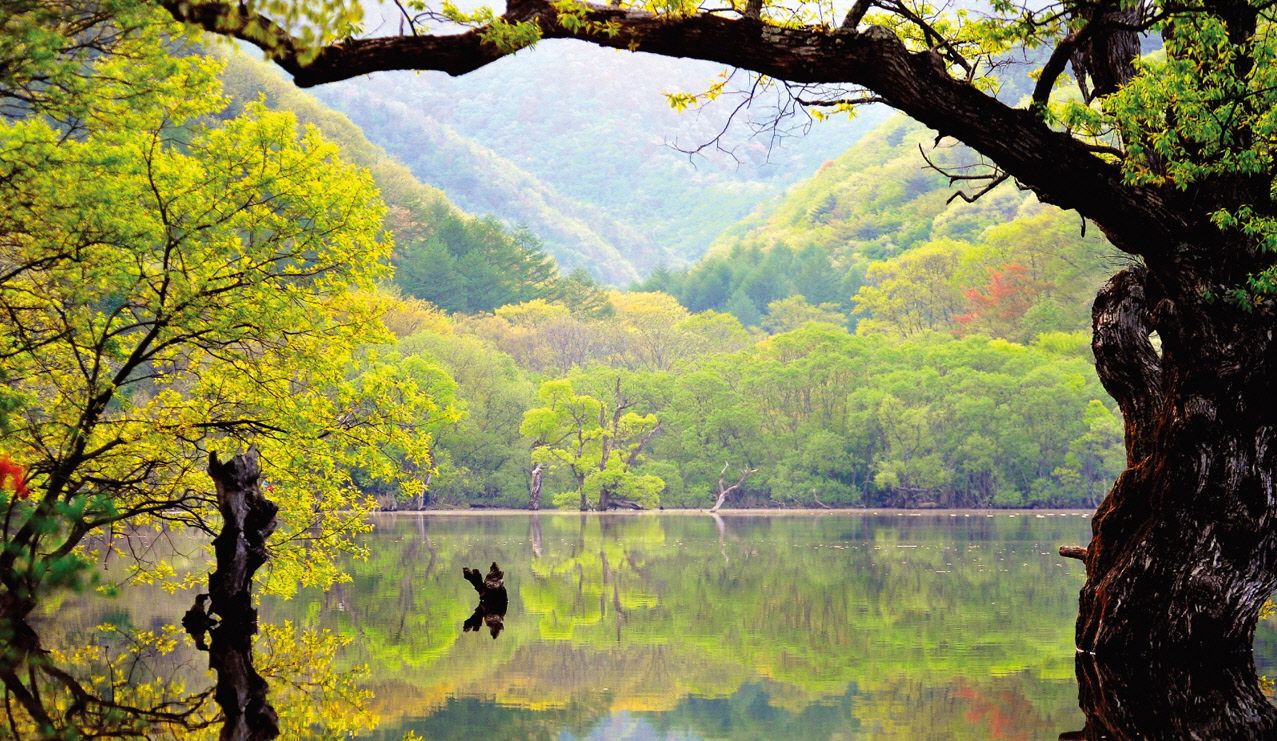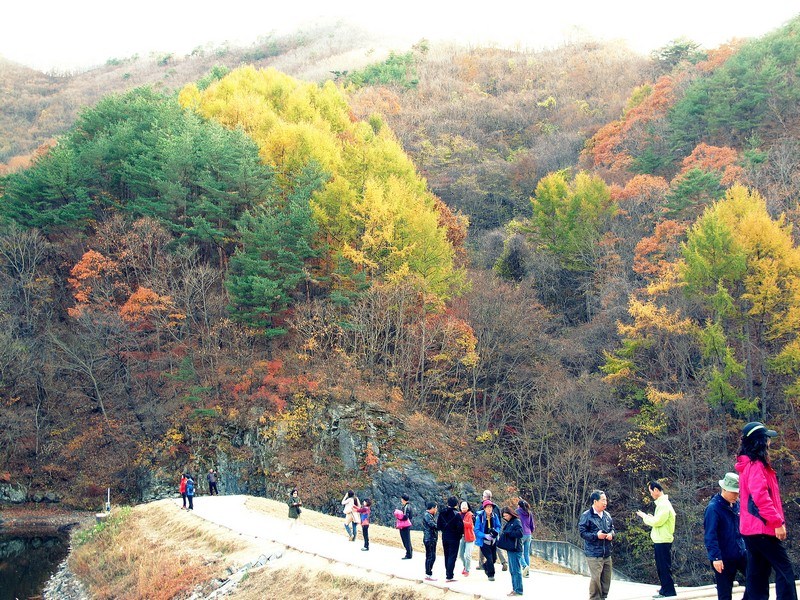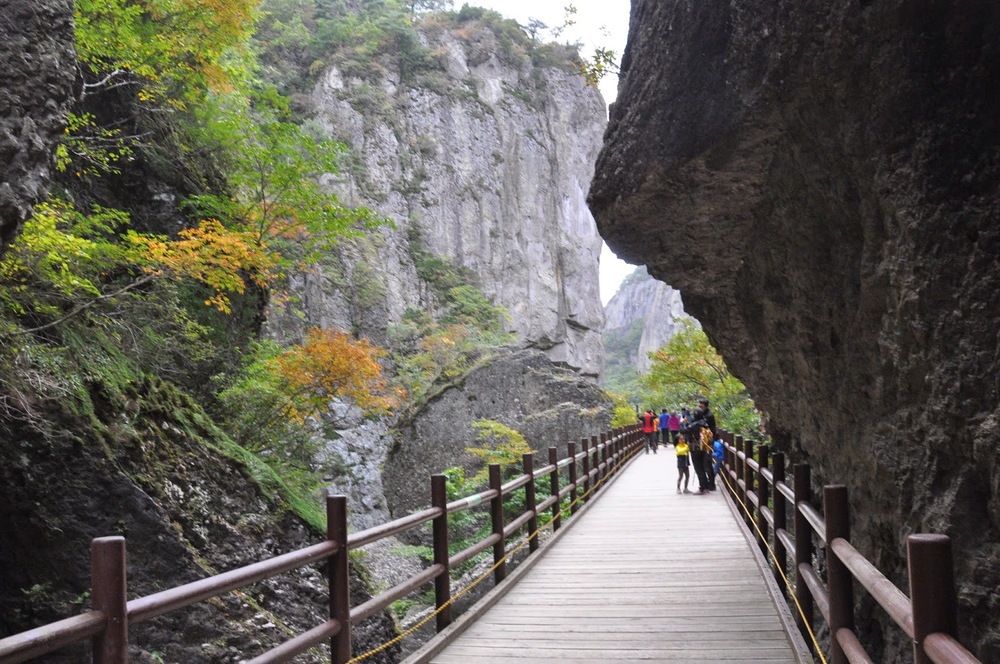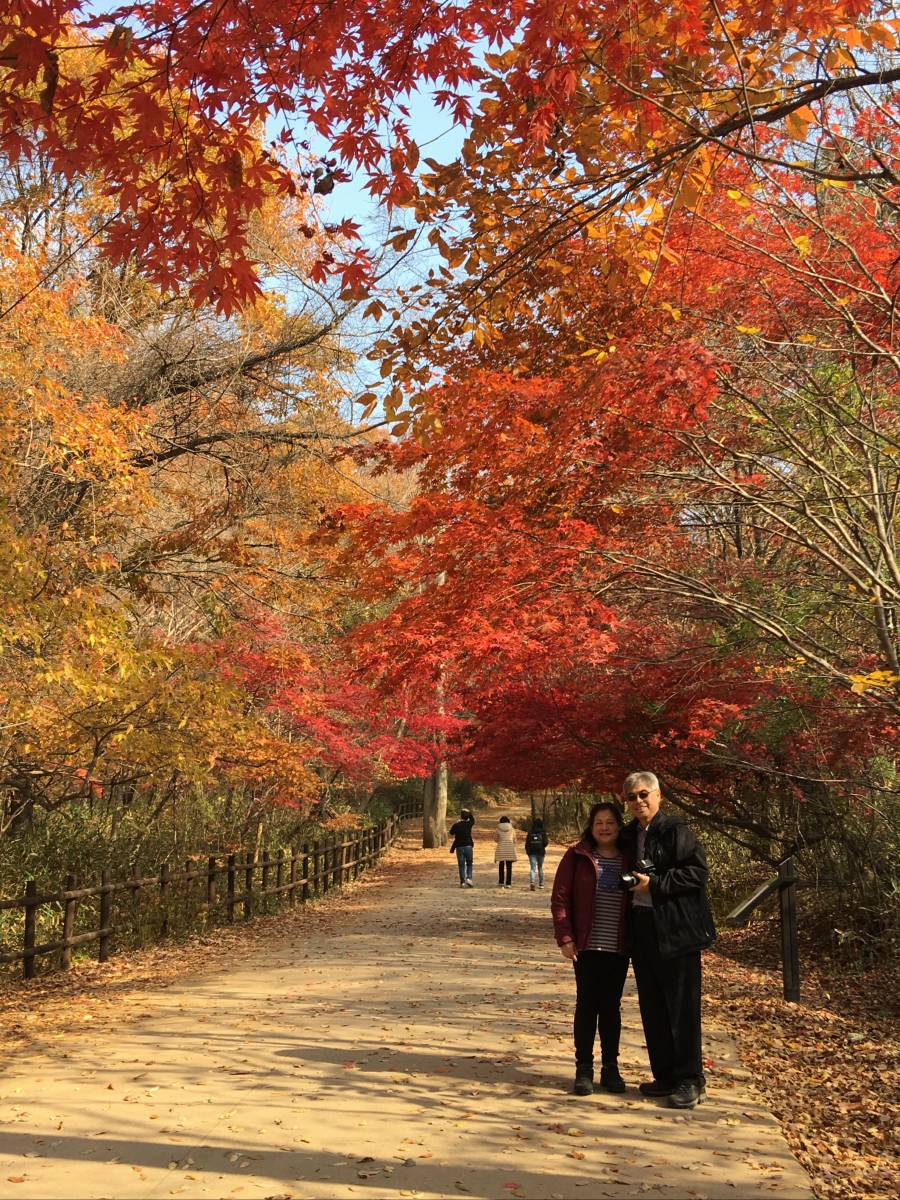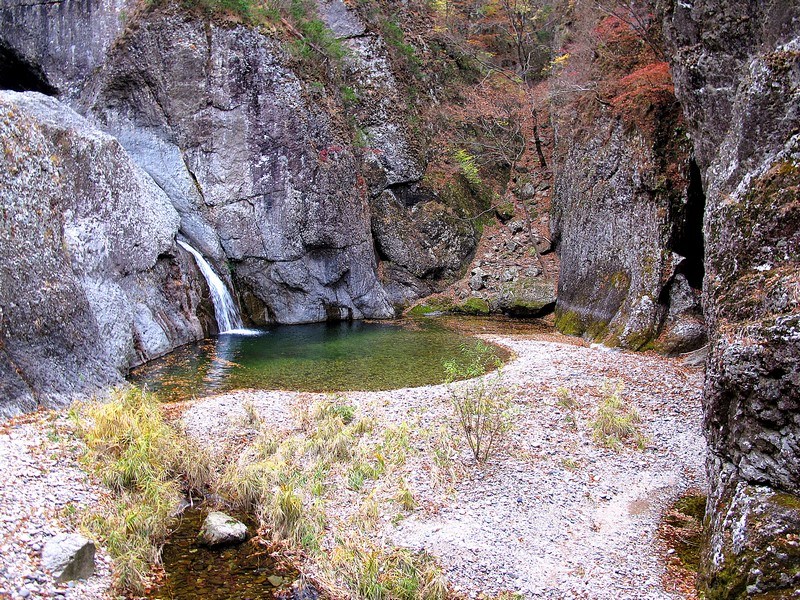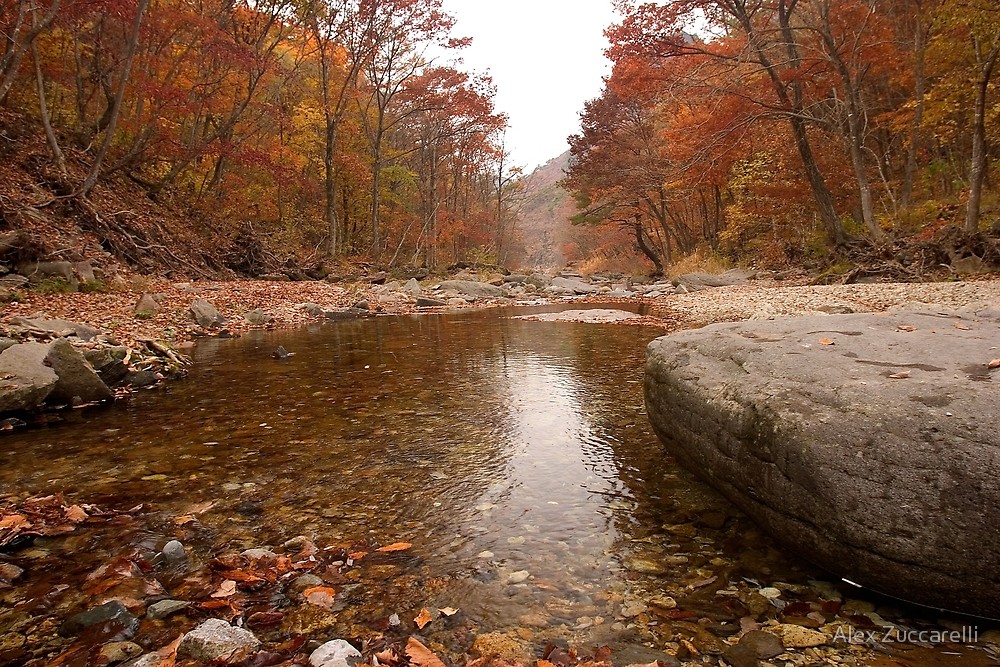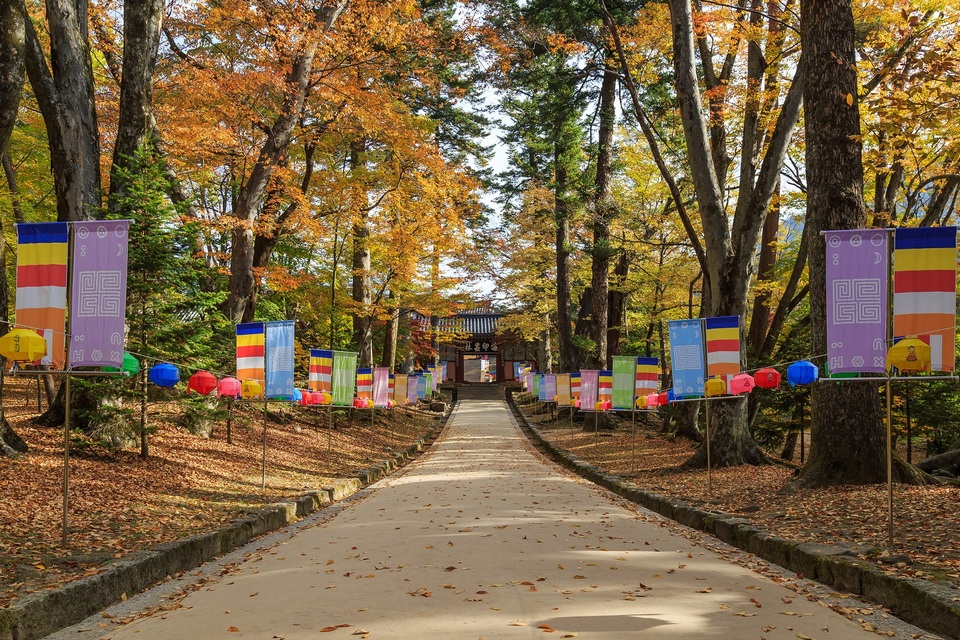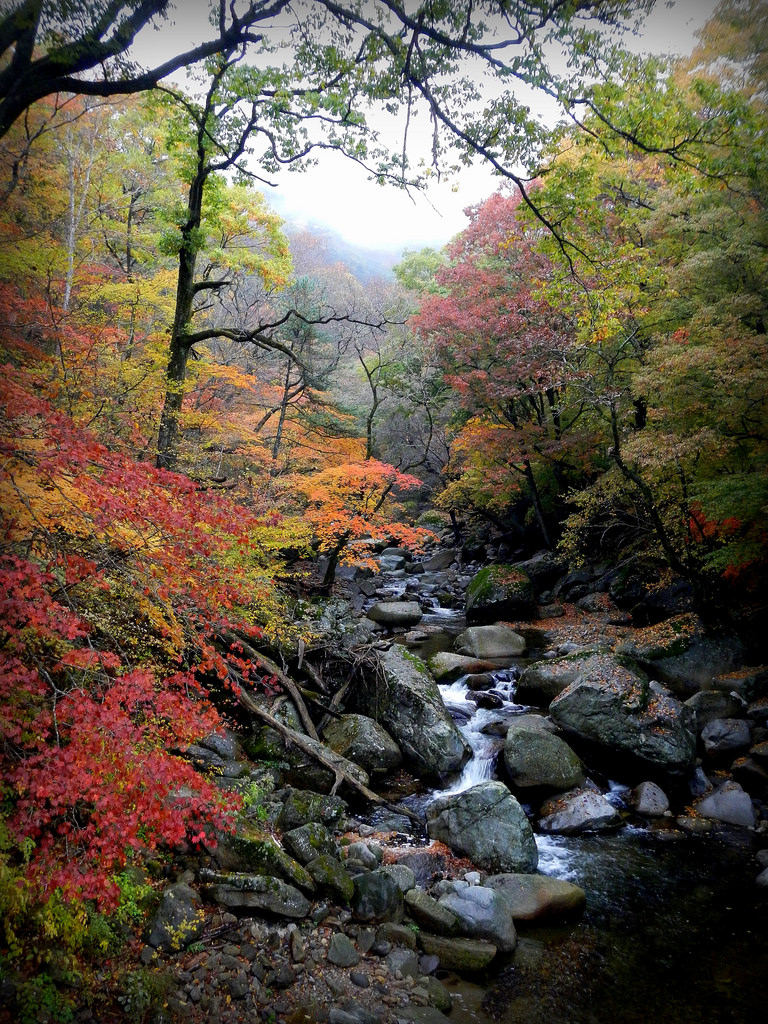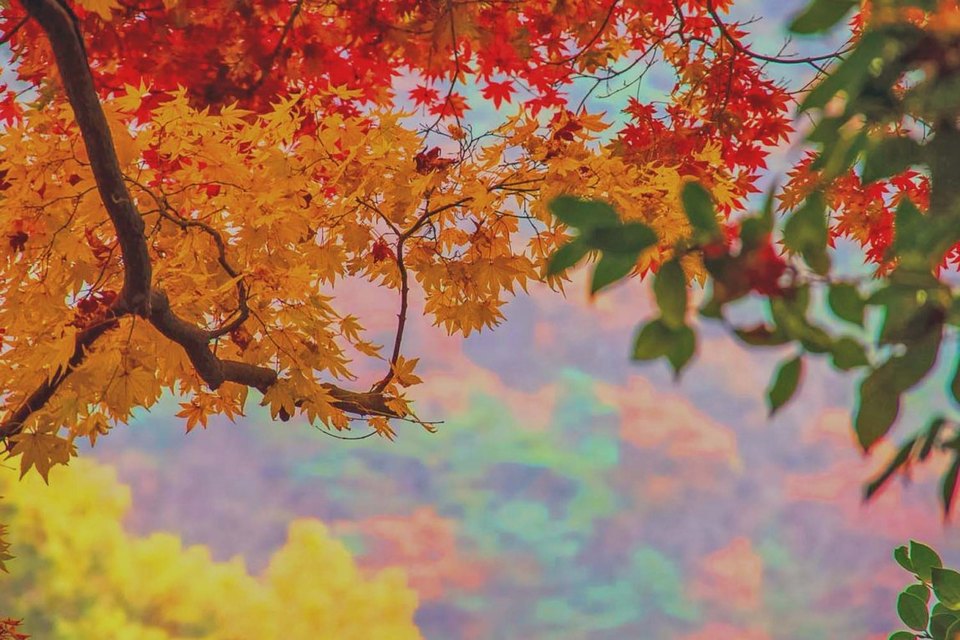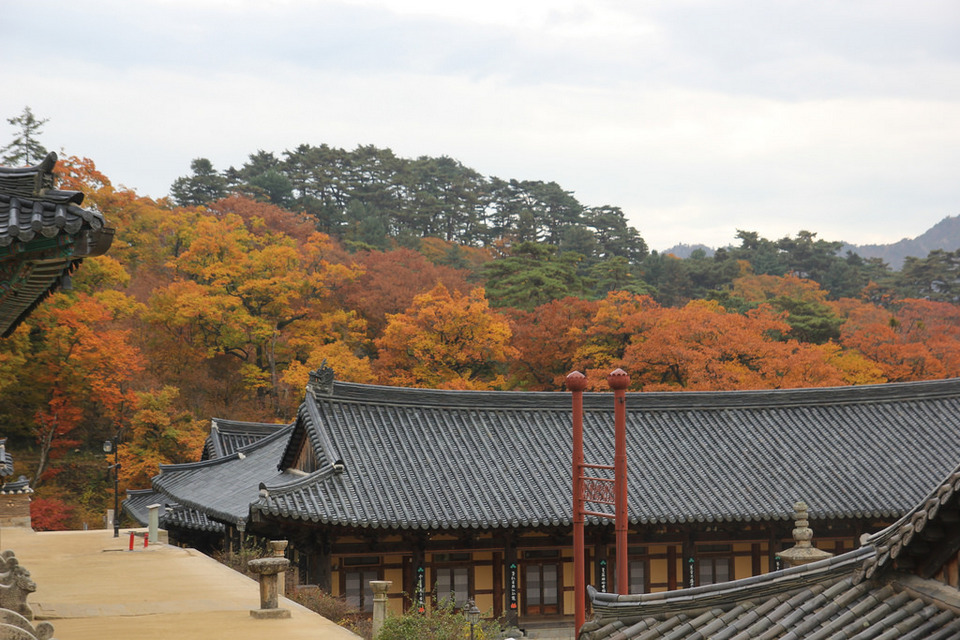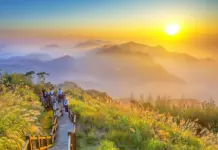Unlike the modern beauty of Seoul, the port city of Busan – the new destination of autumn still retains the romantic, poetic that few places have. The city of 4 million people is famous for its long stretch of beaches, ancient temples, winding roads shade with maple trees, like the beautiful autumn picture of South Korea. Visiting to Korea in the autumn, not only Seoul is beautiful, Busan is also very wonderful. In the autumn, in addition to watching the yellow leaves, red leaves cover the port city, this port city has the plus point is the sea, have you been to the sea in the fall yet? Moreover, there are countless small and big festivals, exciting and fun activities that only take place in the fall.
- How to visit Korea in November: 12+ Top things to do & best places to visit in Korea in November
- Nami Island in autumn 2025: Best time to visit, How to get there, Tips & What to do in Nami Island during autumn
- Where to see autumn leaves in Korea: 21+ Most beautiful & best places to see autumn leaves in Korea
- Busan food blog — Best foods & 13 best places to eat in Busan for 48 hours
- Busan travel blog — The fullest Busan travel guide & how to spend 3 days in Busan for first-timers


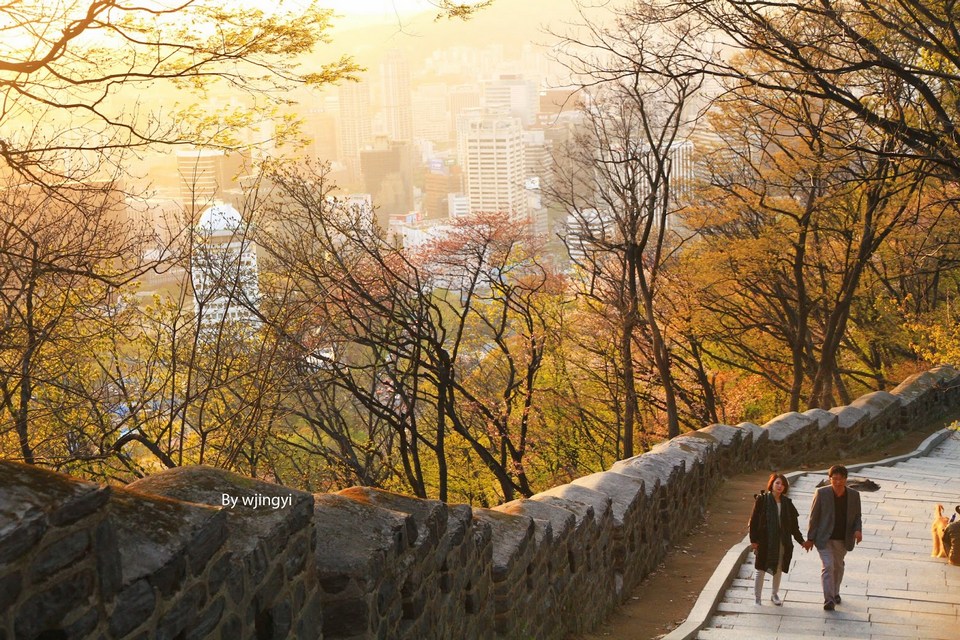
So, when is autumn in busan and where to see autumn leaves in Busan (Busan autumn foliage, Busan fall foliage)? Now, let’s explore this beautiful city port through our Busan autumn blog with top 6+ Busan attractions in autumn from best places to see autumn foliage in Busan (Busan autumn leaves 2025, Busan fall foliage forecast 2025, Busan autumn foliage 2025) including places to visit in Busan during autumn and top things to do in Busan in autumn.
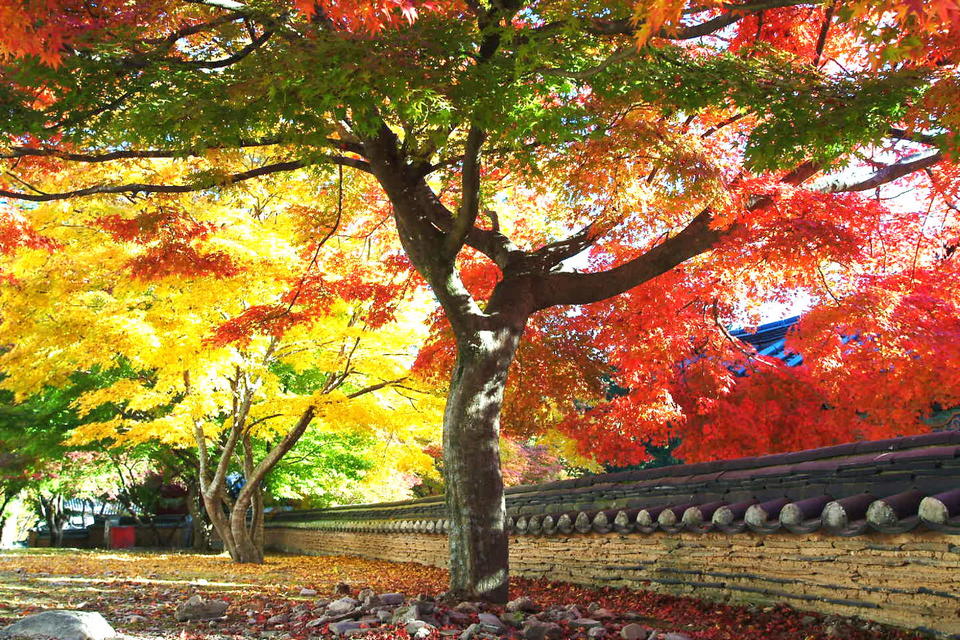
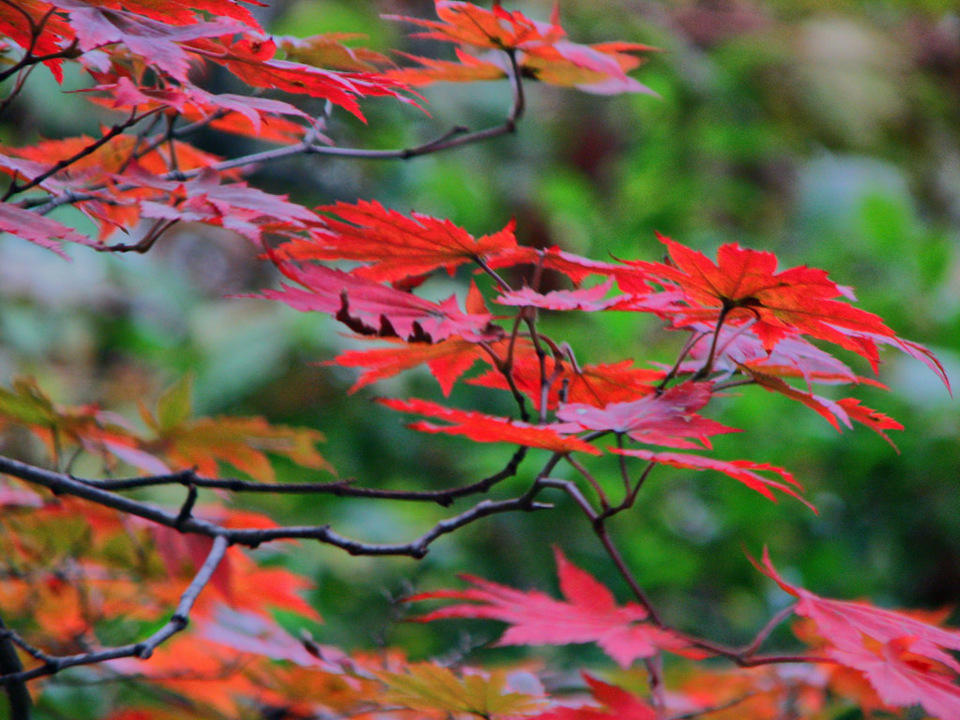
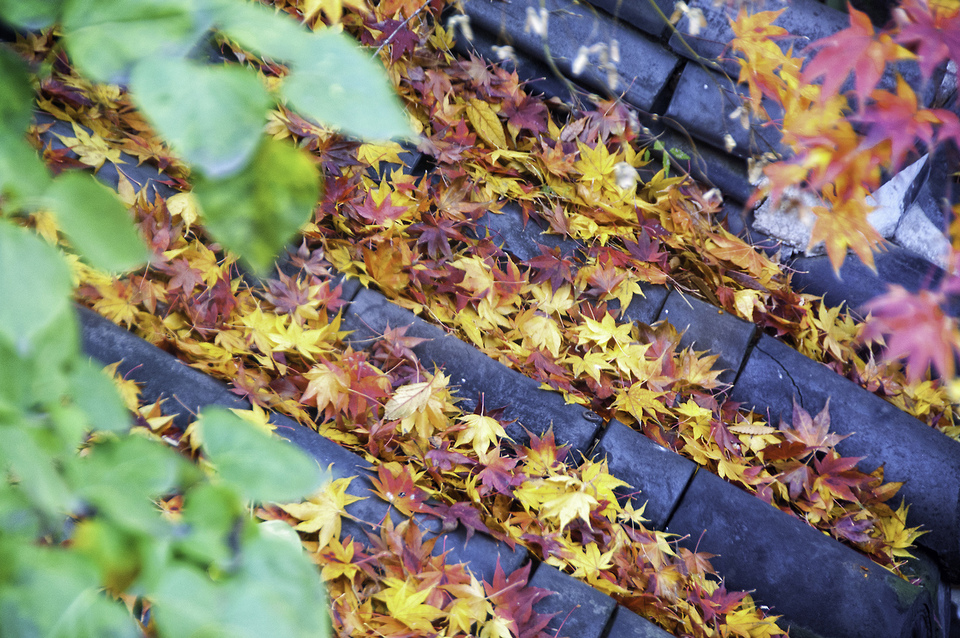
Busan fall foliage forecast 2025: When is autumn in Korea and Busan?
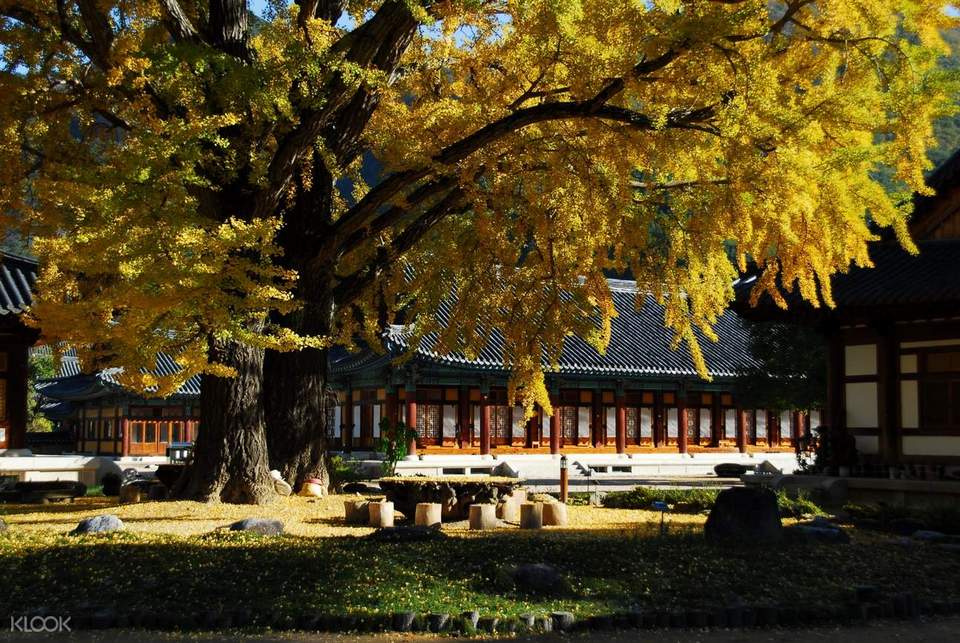
Usually, Busan autumn lasts from September to November. This is the time when the weather is pretty cool all day and night and is also the best time to visit Busan. Walking on roads filled with red and yellow leaves or eye-catching with mountains covered with yellow leaves is a wonderful experience. In autumn, Busan has a temperate climate, suitable for all types of tourism: Sightseeing, relaxation, discovery … with a series of impressive landscapes. Autumn in Busan and around 2025 forecast for autumn foliage: October 20th (First Appearance) — October 30 (Peak)
This year, the season of yellow and red leaves in Korea is a little later than every year. Most of the spots have red and yellow leaves in the period from late October to early November of the solar calendar. Specifically, the Korea fall foliage 2025 forecast (Korea autumn leaves forecast 2025) for a few famous spots will be as follows:
- Seoul Capital: Start: Oct 18th / Peak: Oct 31th
- Bukhansan: Start: Oct 17 / Peak: Oct 30th
- Songnisan: Start: Oct 21 / Peak: Oct 31th
- Gyeryongsan: Start: Oct 20 / Peak: Oct 31th
- Naejangsan: Start: Oct 30 / Peak: Nov 5th
- Mudeungsan: Start: Oct 25 / Peak: Nov 31th
- Hallasan: Start: Oct 20 / Peak: Oct 31th
- Seoraksan: Start: Sept 29 / Peak: Oct 21th
- Odaesan: Start: Oct 4th / Peak: Oct 17th
- Chiaksan: Start: Oct 7th / Peak: Oct 25th
- Woraksan: Start: Oct 14th / Peak: Oct 27th
- Palgongsan: Start: Oct 20th / Peak: Nov 1st
- Busan: Start: Oct 20th / Peak: Oct 30th
- Gayasan: Start: Oct 19th / Peak: Oct 30th
- Jirisan: Start: Oct 20th / Peak: Oct 28th
- Jeju Island: Late October to early November
- Incheon: Mid to late October
- Jeonju: Late October to early November
- Sokcho: Late September to mid-October
- Gyeongju: Mid to late October
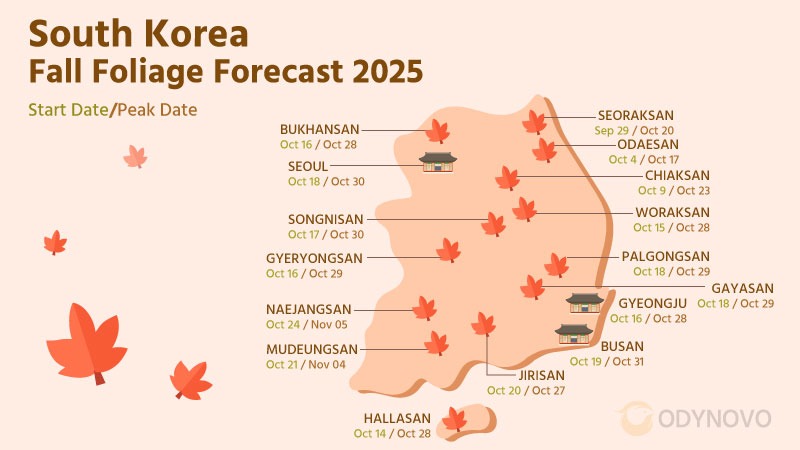
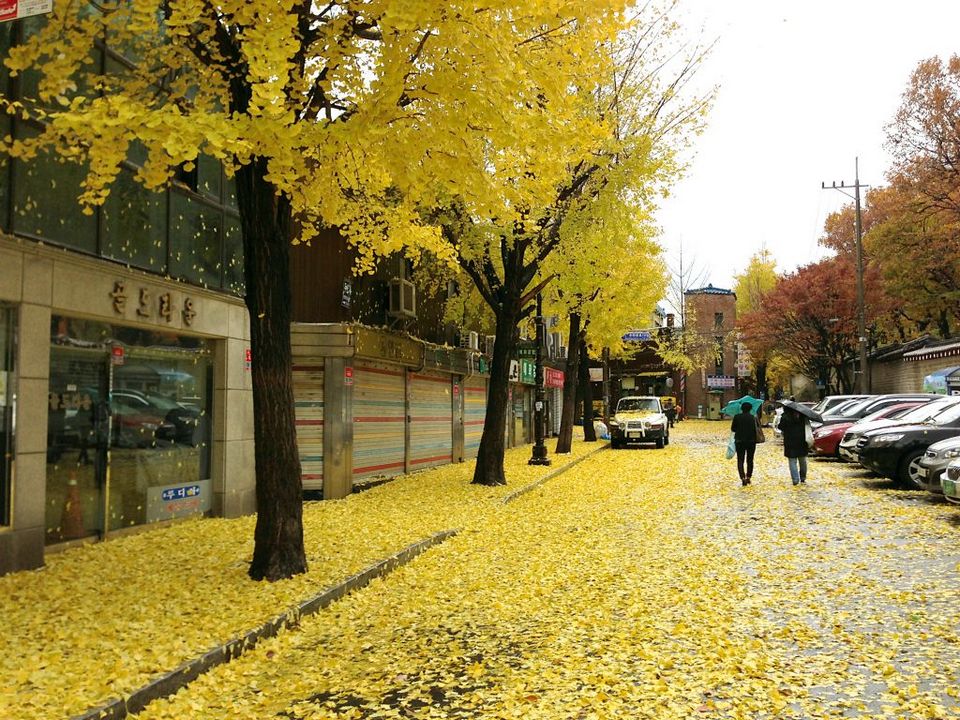
Read more: Fall foliage forecast Korea 2025 — 16 best places to see autumn fall foliage Korea 2025.
Busan fall foliage: Watching the red maple leaves on the mountains
Yellow leaves, red leaves – specialties of Korea tourism in the fall, so whether to go to any city, then do not miss admire the natural view only once a year. Every year when autumn come, people usually go to the mountains together, this time is suitable for climbing, hiking, trekking, because the weather not too hot nor too cold, will not be tired or pour sweat, the scenery of maple leaves on the mountain also spectacular and poetic, very eye-catching.
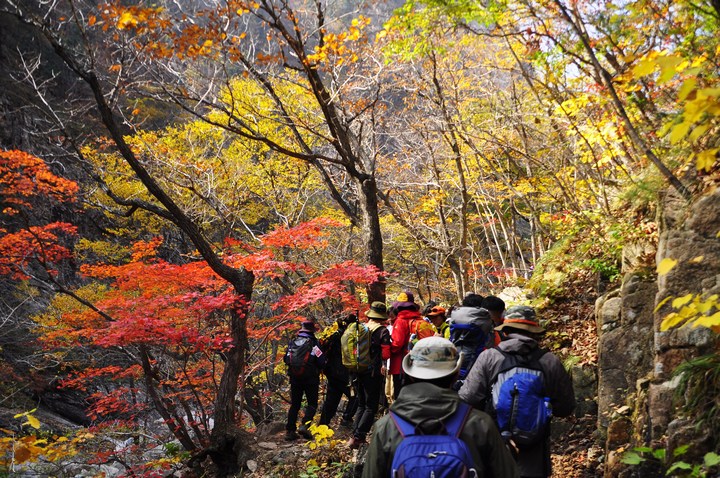
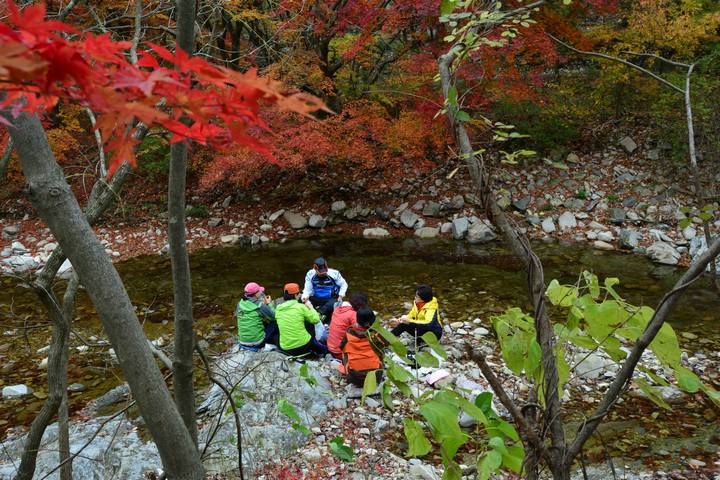
Juwangsan National Park

It is one of the national parks with the highest mountains in South Korea, where there are waterfalls, valleys, very long walkways along the mountains, you can walking while watching the water flowing at the foot, above are the cliffs with lush green of plants and trees. Most people come here will like trekking, climbing, crossing streams, the trekking trails are usually 8-12 kilometers long, it takes about 4-6 hours to hike. However, if you are not a trekking lover you can still come here and peruse, seeing the natural forest. Some places you definitely have to visit in Juwangsan Nation Park: Jusanji pond (photographers love this pond so much because in the early morning, there will be a slight frost on the pond, so miraculous), Daejeonsa Temple, Yongchu Falls, Jeolgu Waterfall, etc.

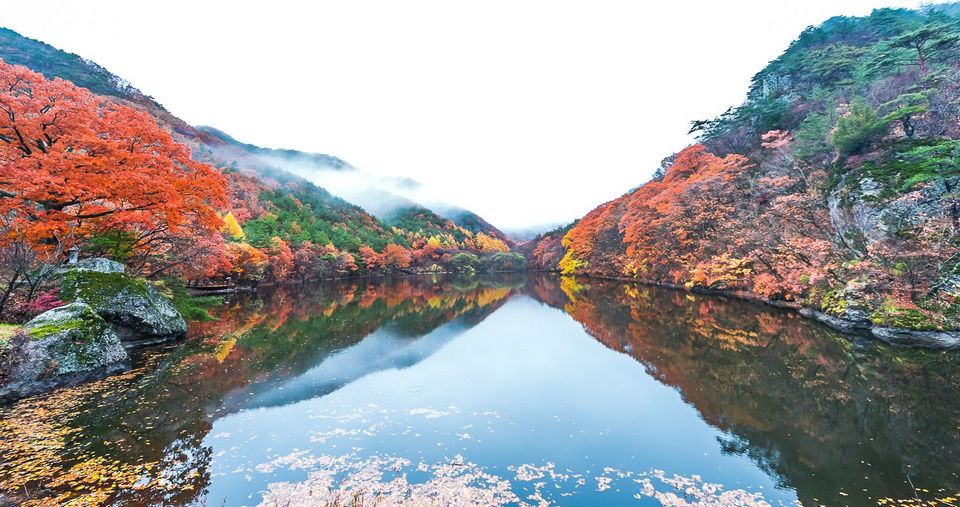

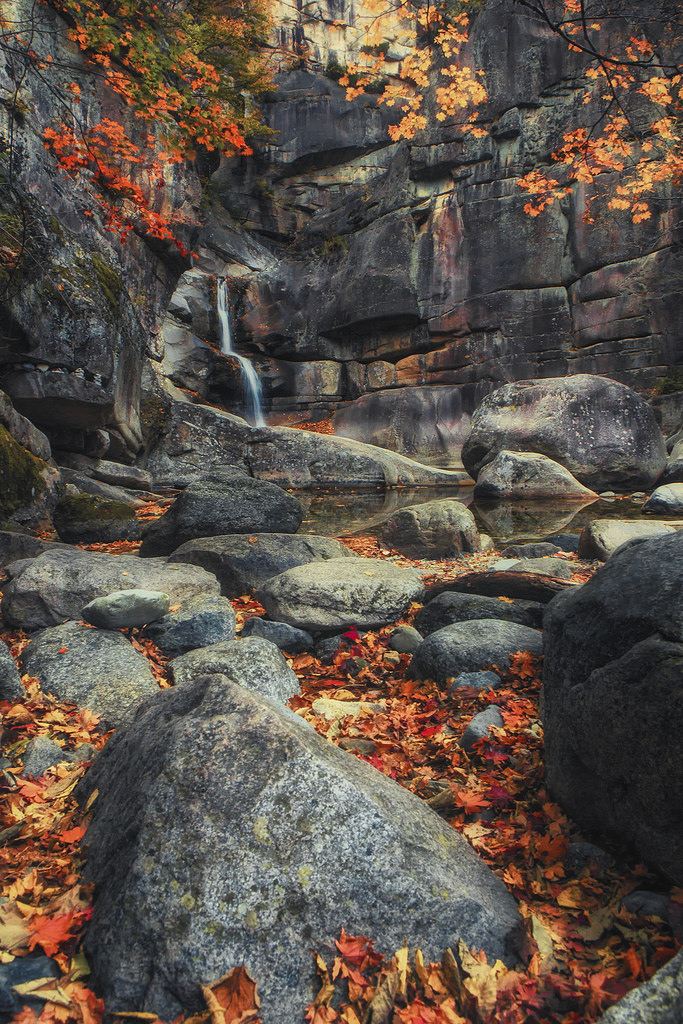
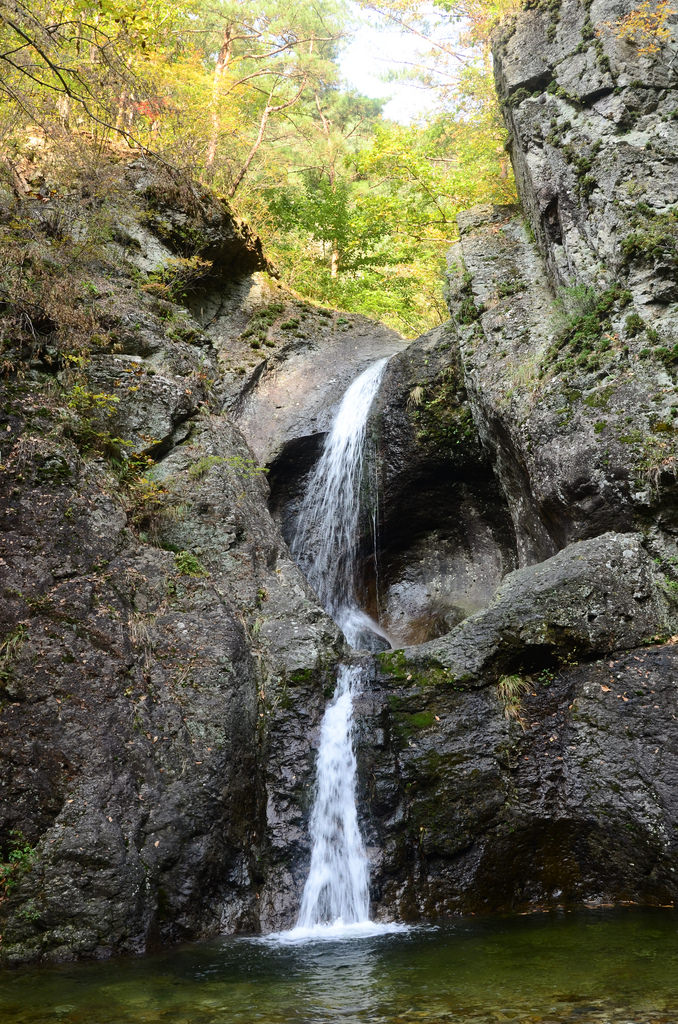
Address: Sangui-ri, Budong-myeon, Cheongsong-gun, Gyeongsangbuk-do, South Korea
Area: 107.4 km²
Province: North Gyeongsang Province
Hours: Open all year round
Entrance Fees: Fees apply to Cultural Heritage site
How to get there: From Busan Station go to Dongdeagu Station, then from here take the bus to Dopyeong, from Dopyeong take taxi about 30 minutes to the national park. It takes about 3 hours to traveling.
Gayasan National Park
Recognized as Korea’s 9th national park thanks to the romantic, poetic scenery of Mount Gayasan. Gayasan National Park is known for its many special points of interest, especially the Haeinsa Temple, located in the southwest of Mount Gayasan. It is one of the three most famous temples in Korea, home to many national treasures. The road leading to the temple is very beautiful, beautiful in every season: cherry blossoms, azaleas in the spring, lush green trees in the summer, snow falling in the winter. Especially, bright red of leaves along the cliffs. You should not miss the Hongryudong Valley, because the water in this valley in the fall as is dyed by red color (of course by the autumn foliage) looks very interesting.
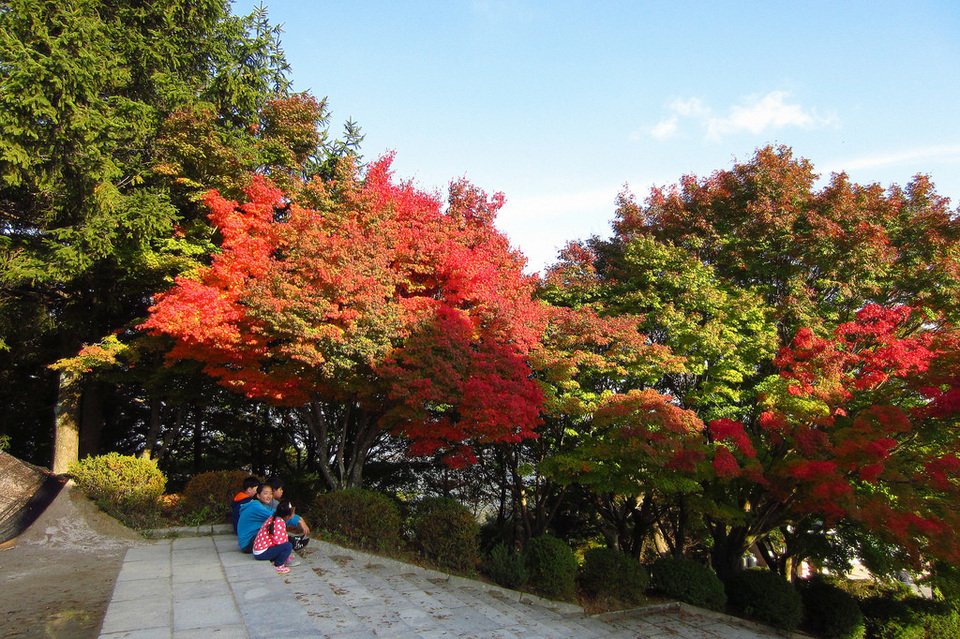
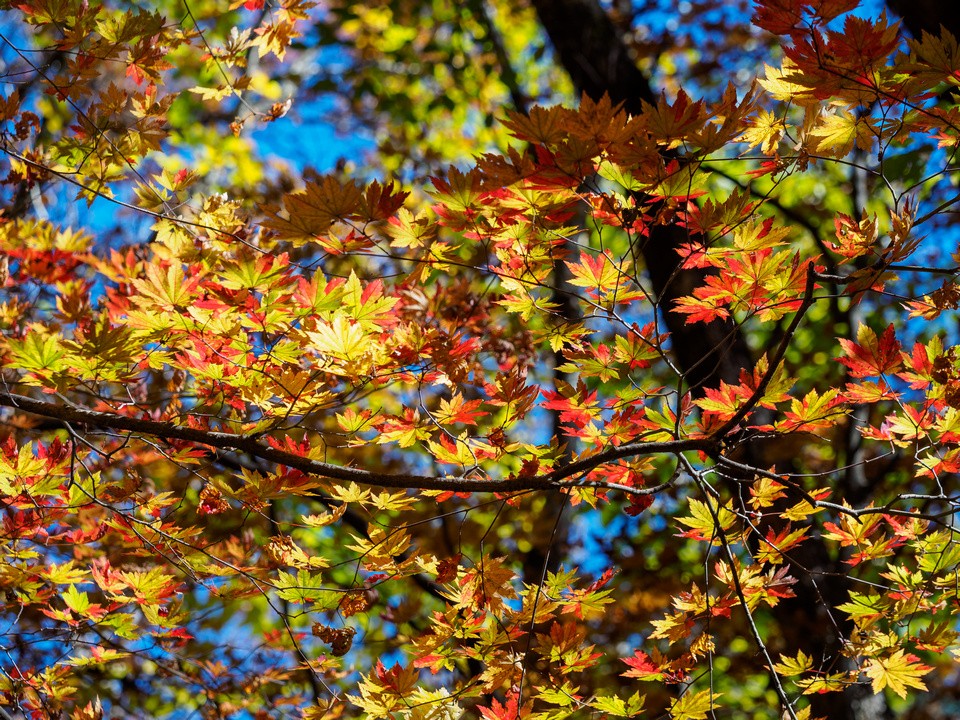
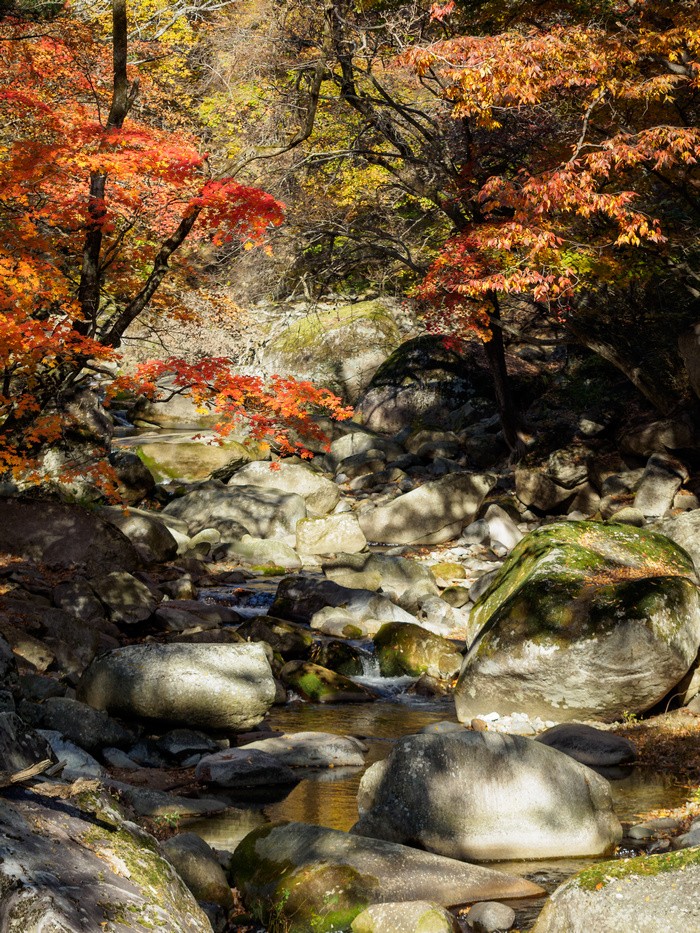
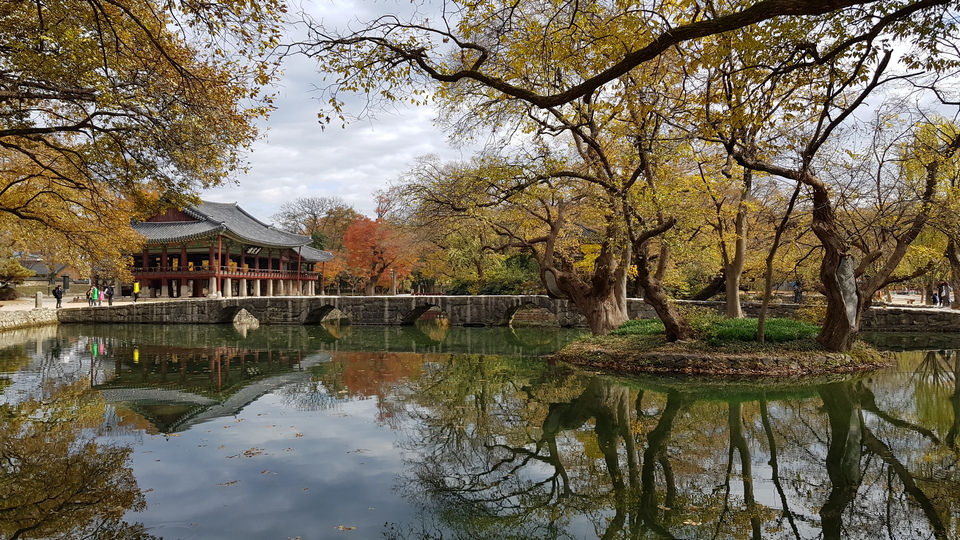
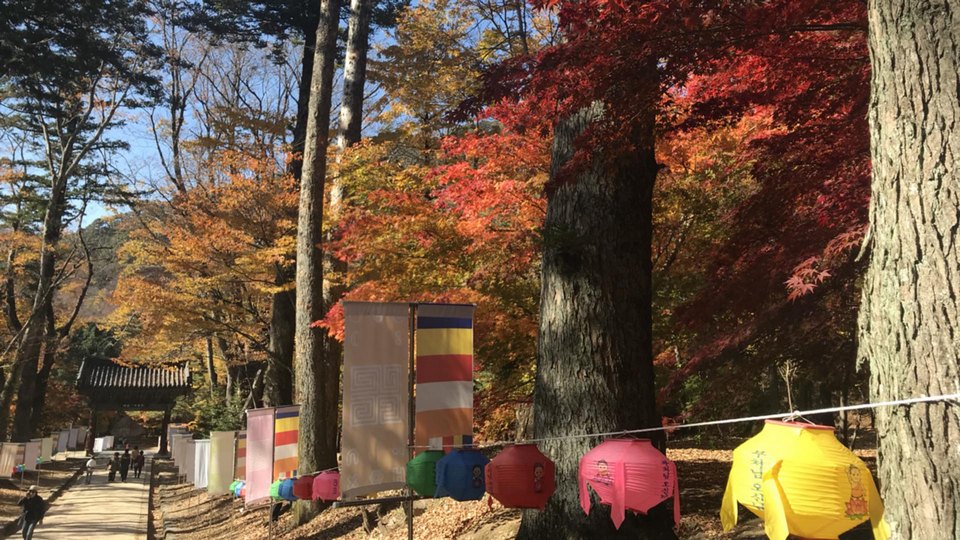
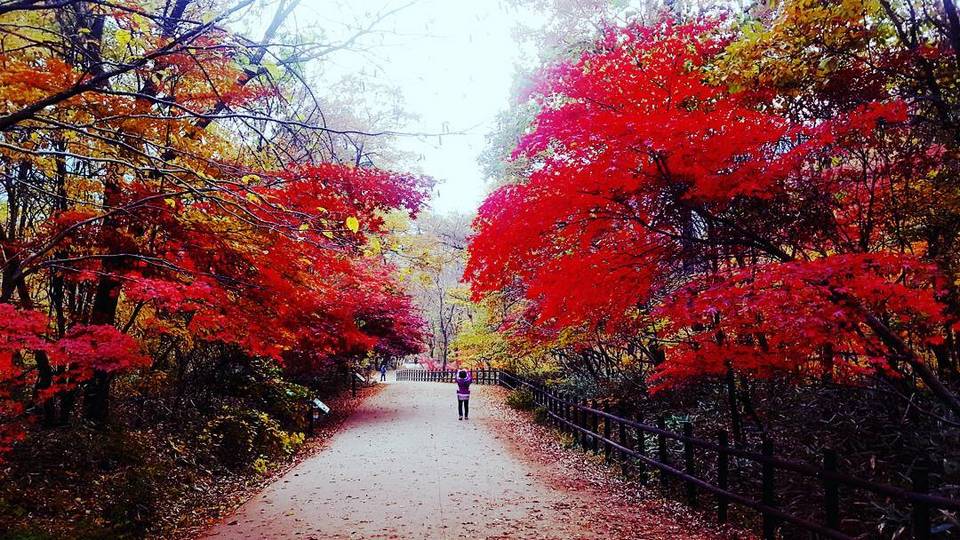































![10 best airports in Asia in 2016 [RANKED] kuala-lumpur-international-airport-best airports in asia in 2016 by skytrax ratings](https://livingnomads.com/wp-content/uploads/2016/08/29/kuala-lumpur-international-airport-best-airports-in-asia-in-2016-by-skytrax-ratings-218x150.jpg)








